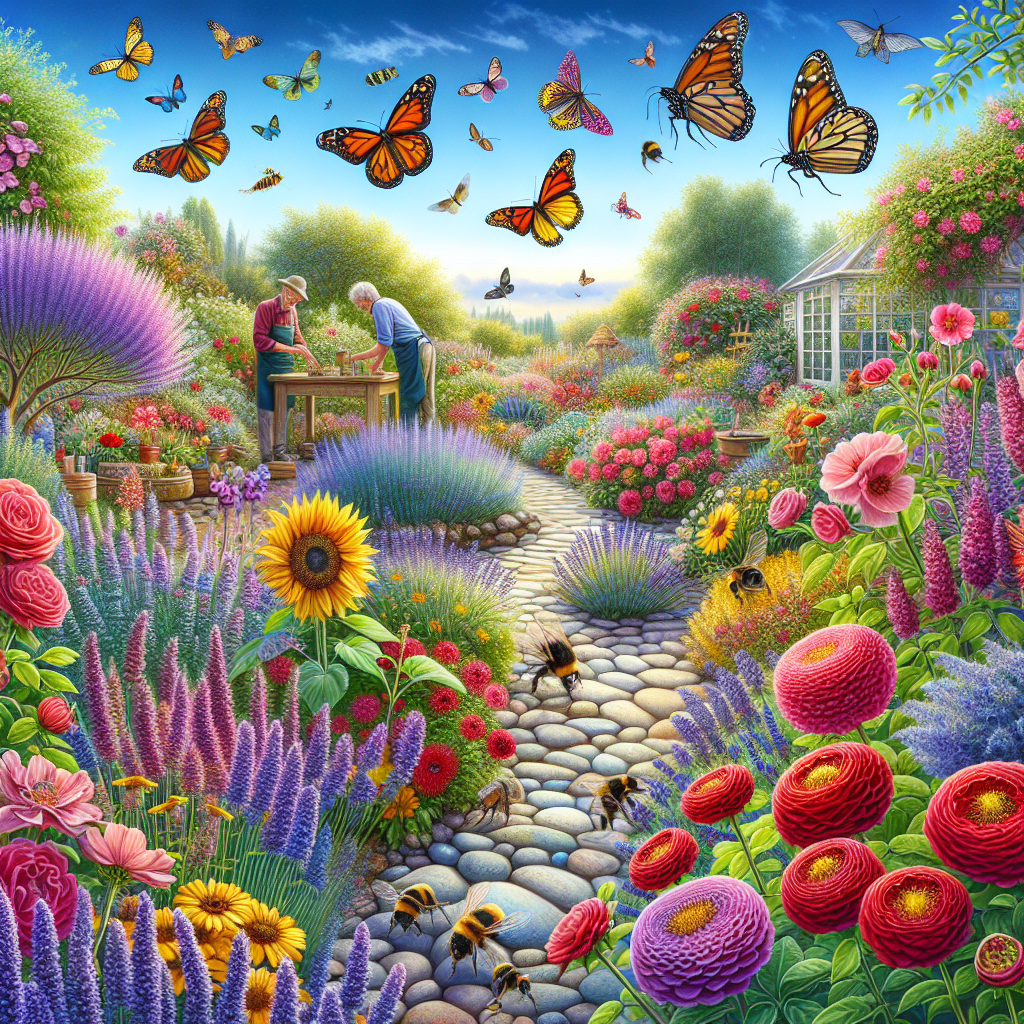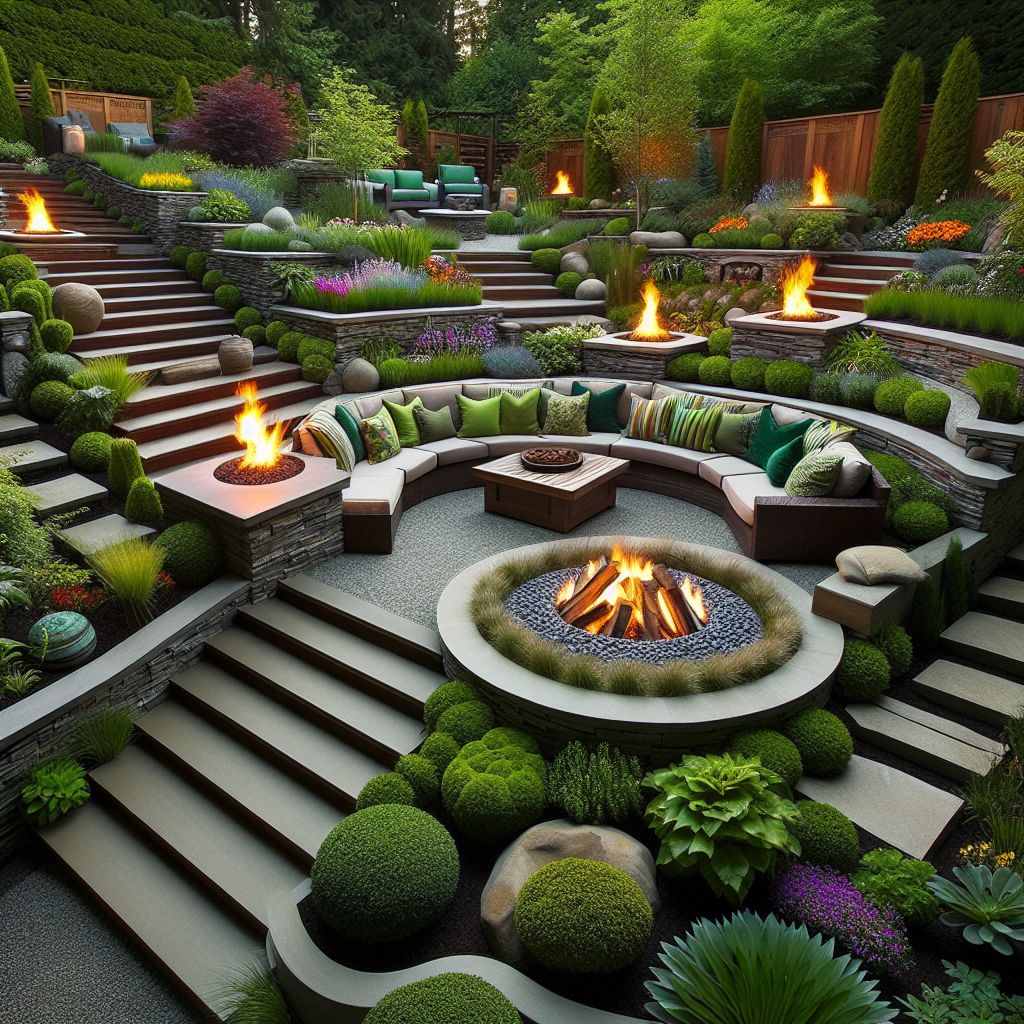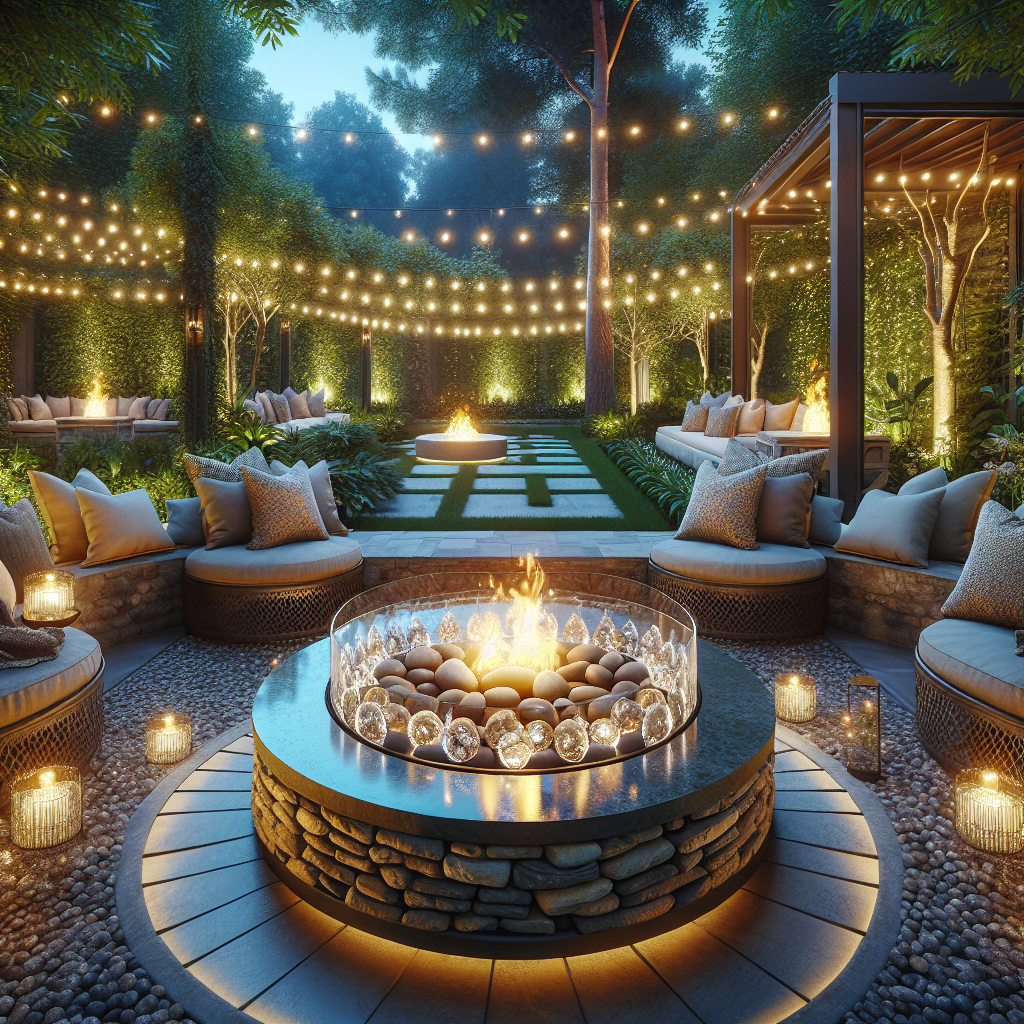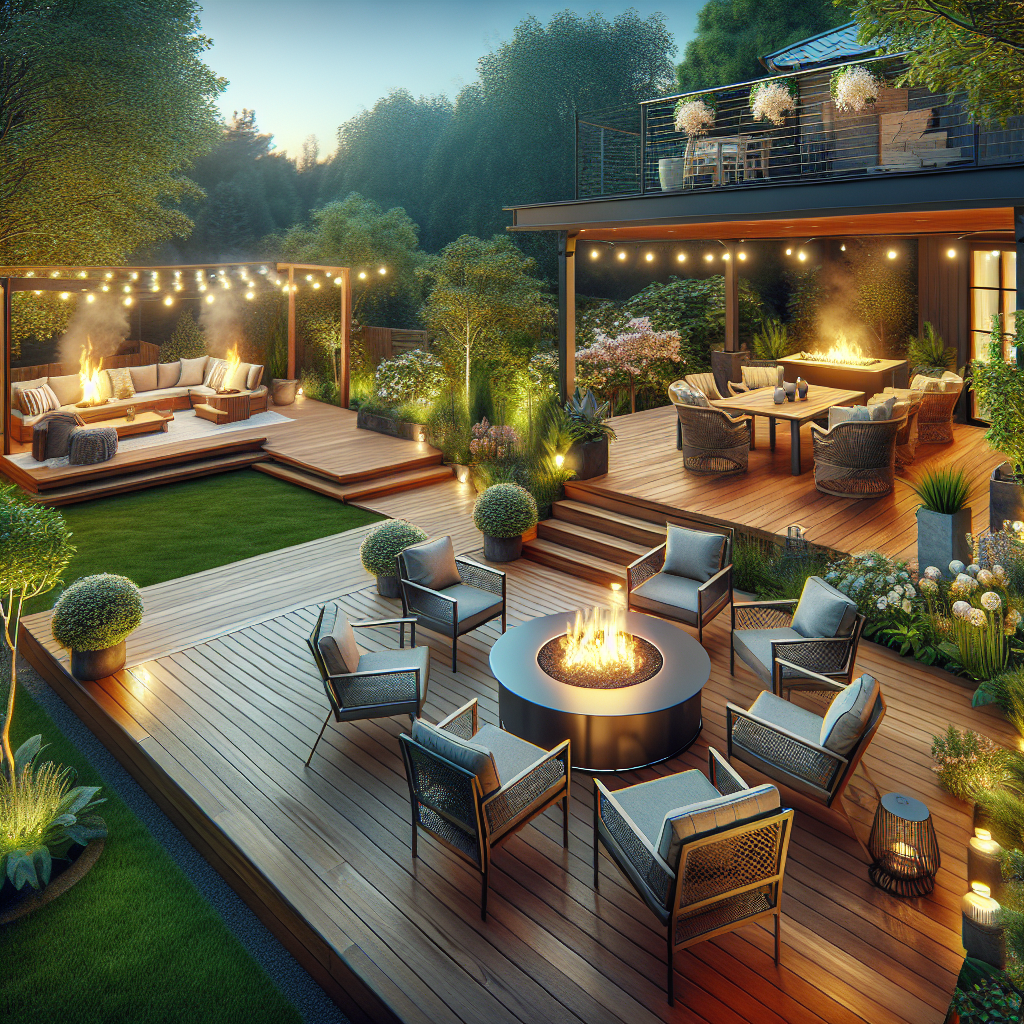Creating a Pollinator-Friendly Garden
Welcome to this comprehensive guide on how to create a pollinator-friendly garden. In this article, we will provide you with step-by-step instructions, valuable insights, and detailed information on how to complete this DIY project. By following these instructions, you will not only create a beautiful garden but also contribute to the well-being of pollinators such as bees, butterflies, and hummingbirds. Let’s get started!
Step 1: Choose the Right Location
The first step in creating a pollinator-friendly garden is to choose the right location. Pollinators thrive in areas that receive plenty of sunlight, so look for a spot in your yard that gets at least six hours of direct sunlight each day. Additionally, consider the proximity to water sources, as pollinators need water for hydration.
Meta Keywords: pollinator-friendly garden, location, sunlight, water sources
Step 2: Plan Your Garden
Before diving into planting, it’s essential to plan your garden layout. Take some time to sketch out your garden design, considering the available space and the types of plants you want to include. Aim for a variety of flowering plants that bloom at different times throughout the year to provide a continuous food source for pollinators.
Meta Keywords: garden layout, flowering plants, continuous food source
Step 3: Select Pollinator-Friendly Plants
Now comes the exciting part – selecting the plants for your pollinator-friendly garden. Choose native plants that are well-suited to your region, as they are more likely to attract local pollinators. Look for plants that produce nectar-rich flowers and provide habitat for pollinators, such as milkweed for monarch butterflies.
Meta Keywords: pollinator-friendly plants, native plants, nectar-rich flowers, milkweed
Step 4: Prepare the Soil
Before planting your chosen plants, it’s crucial to prepare the soil properly. Start by removing any weeds or grass from the area. Loosen the soil using a garden fork or tiller, breaking up any compacted areas. Add organic matter such as compost or well-rotted manure to improve soil fertility and drainage.
Meta Keywords: soil preparation, weeds, grass, organic matter, compost, well-rotted manure
Step 5: Plant Your Garden
Now it’s time to bring your garden to life by planting the selected pollinator-friendly plants. Dig holes that are slightly larger than the plant’s root ball and gently place the plant in the hole. Backfill with soil, firming it gently around the base of the plant. Water thoroughly after planting to help the plants establish their roots.
Meta Keywords: planting, pollinator-friendly plants, root ball, backfill, watering
Step 6: Provide Water Sources
In addition to nectar-rich flowers, pollinators also need a water source. Create a shallow water feature in your garden, such as a birdbath or a small pond. Place some rocks or pebbles in the water to provide landing spots for pollinators. Make sure to keep the water clean and refill it regularly.
Meta Keywords: water sources, birdbath, pond, rocks, pebbles
Step 7: Avoid Pesticides
To maintain a truly pollinator-friendly garden, it’s important to avoid using pesticides. Pesticides can be harmful to pollinators and other beneficial insects. Instead, embrace natural pest control methods such as companion planting, attracting beneficial insects, and handpicking pests when necessary.
Meta Keywords: pesticides, pollinator-friendly, natural pest control, companion planting, beneficial insects
Step 8: Maintain and Monitor Your Garden
Once your pollinator-friendly garden is established, it requires regular maintenance and monitoring. Water your plants as needed, especially during dry spells. Remove any weeds that may compete with your pollinator-friendly plants. Monitor for pests and diseases, taking appropriate action if necessary.
Meta Keywords: garden maintenance, watering, weeds, pests, diseases
Step 9: Enjoy Your Pollinator-Friendly Garden
Congratulations! You have successfully created a pollinator-friendly garden. Now it’s time to sit back, relax, and enjoy the beauty and vibrancy of your garden. Observe the pollinators as they visit your flowers, and take pride in knowing that you have made a positive impact on their habitat.
Meta Keywords: pollinator-friendly garden, beauty, vibrancy, pollinators, habitat
Materials and Time Required
- Selection of pollinator-friendly plants
- Organic matter (compost or well-rotted manure)
- Garden fork or tiller
- Watering can or hose
- Birdbath or pond
- Rocks or pebbles
The time required to complete this project will vary depending on the size of your garden and the amount of preparation needed. On average, it may take a few weekends to plan, prepare, and plant your pollinator-friendly garden.
Inspiring Image
Imagine a garden bursting with vibrant colors and buzzing with life. Bees and butterflies gracefully flit from flower to flower, while hummingbirds hover in the air, sipping nectar from delicate blooms. This pollinator-friendly garden is a haven of beauty and biodiversity, a testament to your dedication and love for nature.

Summary
Creating a pollinator-friendly garden is a rewarding DIY project that not only enhances the beauty of your outdoor space but also supports the vital role of pollinators in our ecosystem. By following the steps outlined in this guide, you can create a haven for bees, butterflies, and hummingbirds while enjoying the sights and sounds of a thriving garden. Remember to choose the right location, plan your garden layout, select pollinator-friendly plants, prepare the soil, plant with care, provide water sources, avoid pesticides, maintain and monitor your garden, and finally, sit back and enjoy the fruits of your labor. Happy gardening!






